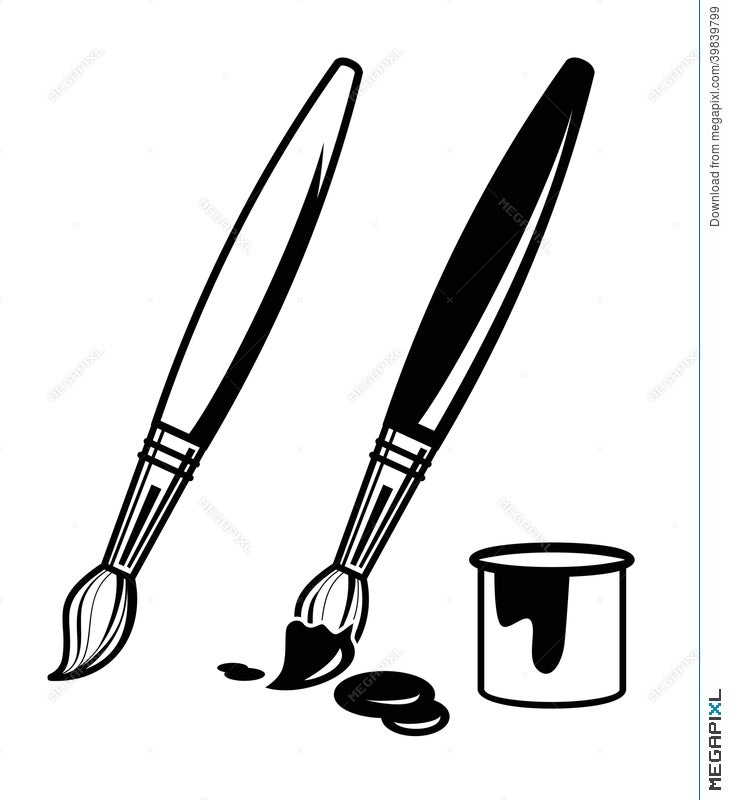

Young children learn and acquire new skills at a remarkable pace, as they learn how to navigate and interact with the world around them. The paintbrush tool by default creates the open path.īut if you want to draw a closed path then hold down the ‘alt’ key while you are drawing your path and illustrator will close the path for you when you release your pen or mouse.Arts and crafts are perfect for helping children to develop skills across a range of developmental areas. So, from there you can decide how close to the line your paintbrush tool needs to get in order to edit the line.Īnd after you are done with your brush tool settings click ‘ok’ and it will close the dialogue box.Īnd your paintbrush tool will behave like you would expect a real drawing tool to behave. ‘Edit Selected Path’ option has a tolerance setting. So, you have to manage these two checkboxes based on what you are drawing. So, you can draw a line and it will remain selected because ‘keep selected’ option is checked and then you can add on more strikes to it because ‘edit selected path’ is checked.ĭisadvantage: There is a slight disadvantage if you keep both of your options checked.įor example: if you are drawing a curved line like petals of the flower one after another, then having both check-boxes checked can be a bit annoying because you will be editing old paths instead of drawing new ones. However, the next checkbox the ‘edit selected path’, if you keep it ‘checked’ the paintbrush tool becomes drawing and editing tool all rolled into one. Let’s say you draw a line but you need just a little smoothing then you can hold ‘alt’ key on your keyboard to temporarily switch from the paintbrush to the smooth tool then run it over your selected path to push it around and smooth it which is basically removing extra anchor points.Īnd when you will release the ‘alt’ key then you will be back to the paintbrush. So, it would be hitting the delete key and trying again.Īnother advantage of using this checkbox is that the selected lines are ready to edit with a smooth tool. This option could be very convenient, for instance, if you are drawing any line to just get the right gesture, then it will become very easy for you to draw and delete the line quickly if you keep the option checked.


The checkbox ‘Keep selected’ will keep the last line you drew selected. On the lower side of the dialogue box, there are a few checkboxes. If you want to create smooth swashes or swirls then you need to adjust the number higher with fewer anchor points. If you are tracing something or drawing anything with detail, your slider should be closer to the left side and the numbers will be lower. Now, back to the dialogue box option, adjust the two tolerances settings fidelity and smoothness depending on what you are drawing and how much accuracy you need. You can compare the strokes where there is absolute accuracy on the right side stroke as Illustrator has added smoothness to it and on the left stroke, it has lesser ‘fidelity’ tolerance. And you can see all these little anchor points in the outline mode. Now, if I move the sliders to the absolute lowest settings, the line I draw with the brush tool will most accurately represent my motions on the tablet or mouse.Īnd that also means that Illustrator will plot out every turn you make as you draw and it will add more anchor points on your path to do this.

The line I drew had a ‘fidelity’ setting of ‘3 pixels’ which means it was faithful to my movement on the tablet or mouse within a tolerance of 4 pixels.Īnd the smoothness is set as 30%, so illustrator was adding some smoothing to the path as I drew it. In the dialogue box, these tolerance settings for ‘fidelity’ and ‘smoothness’ makes the paintbrush really versatile.


 0 kommentar(er)
0 kommentar(er)
